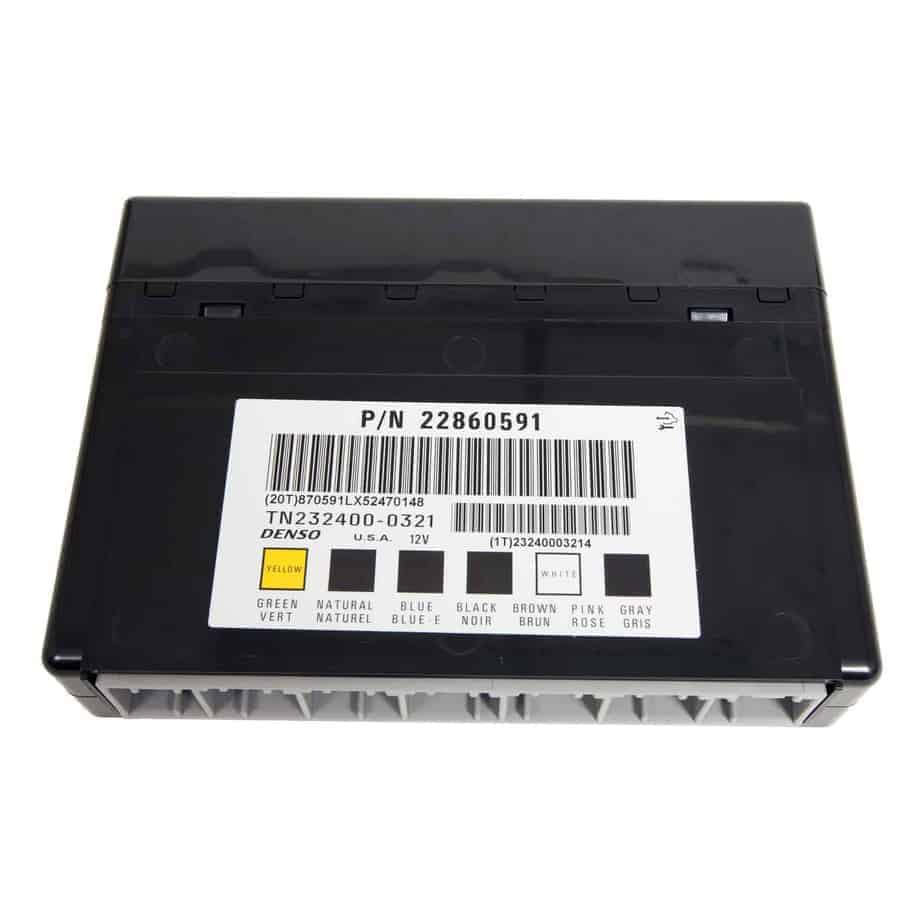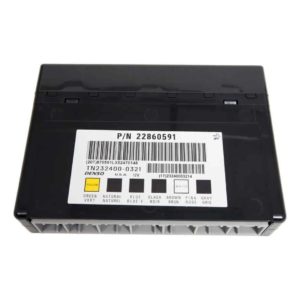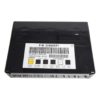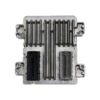Restore Your Vehicle’s Electronic Hub with a Reliable, Programmed BCM
If you’re dealing with bizarre electrical problems in your 2010 Chevy Tahoe—like dashboard lights flickering like a disco, power windows with a mind of their own, or a security system that randomly prevents you from starting your truck—the culprit is often a failing Body Control Module (BCM). As a technician with over two decades of experience, I’ve seen how a faulty BCM can turn a reliable vehicle into a source of daily frustration. It’s the central command for all your vehicle’s comfort and convenience features, and when it goes, things get weird, fast.
This isn’t just a replacement part; it’s a complete solution. We offer a professional Cloning Service for this BCM, part number 25892622. This means you send us your original module, and we transfer all its critical data—including your Vehicle Identification Number (VIN) and specific options—to this replacement unit. We also flash it with the latest GM software updates. The result? You receive a module that is truly plug-and-play, saving you a costly trip to the dealership for programming.
Case Study: A Tricky Diagnosis
Just last month, a 2010 Tahoe was towed to my shop with a classic “no-crank, no-start” condition. The owner had already replaced the battery and starter to no avail. The security light was flashing, and the scan tool showed a U0100 ‘Lost Communication with ECM/PCM’ code, but also a dozen other intermittent communication codes with various modules. Instead of chasing ghosts, we went straight to the network hub: the BCM. A quick check of the data stream showed erratic voltage outputs from the BCM. We used our cloning service to program a replacement module. After a 15-minute install, the truck fired right up, and all communication codes cleared. It’s a textbook example of how a failing 2010 Tahoe Body Control Module can mimic a wide range of other problems.
Common Signs of a Failing BCM
- ✔ Intermittent or non-functional power windows, locks, or mirrors.
- ✔ Erratic interior or exterior lights (flickering, staying on, or not working at all).
- ✔ The security or anti-theft system light is on, or the vehicle won’t start.
- ✔ The horn honks unexpectedly or doesn’t work.
- ✔ False warnings on the instrument cluster (e.g., ‘Door Ajar’).
- ✔ Communication-related Diagnostic Trouble Codes (DTCs), especially U-codes.
- ✔ Wipers activating on their own or not functioning correctly.
A Straightforward Guide to Your BCM Replacement
Installing your cloned 2010 Tahoe Body Control Module is a manageable job for a DIYer with basic tools. For the 2010 Tahoe, the BCM is typically located under the driver’s side of the dashboard, near the steering column.
- Safety First: Always disconnect the negative terminal from your vehicle’s battery before starting any electrical work.
- Locate the BCM: Remove the lower dash panel beneath the steering wheel to gain access. You may need a trim removal tool and a socket set.
- Disconnect and Remove: Carefully unplug the electrical connectors from the old BCM. They have locking tabs that need to be depressed. Once disconnected, unbolt or unclip the module from its mounting bracket.
- Install the New Module: Mount the new, programmed BCM in the same location and securely reconnect all the electrical harnesses. Ensure they click into place.
- Reconnect Power: Reattach the negative battery terminal and tighten it securely.
- Perform Relearns: Start the vehicle. As noted in our post-install procedures, you may need to perform a Brake Pedal Position Relearn or an Airbag System Sync if any warning lights appear. This often requires a bi-directional scan tool.
Verified Vehicle Compatibility
This module is a direct replacement for part number 25892622 and is interchangeable with a wide range of other part numbers. It fits numerous GM vehicles. Please verify your part number or contact us with your VIN to confirm fitment. Key applications include:
CHEVROLET SUBURBAN 1500 10 Body Control (BCM); (under steering column), ID 25892622 or 20815898
GMC YUKON / YUKON XL 1500 10 Body Control (BCM); (under steering column), ID 25892622 or 20815898
CADILLAC ESCALADE / ESV / EXT 10 Body Control (BCM); (under steering column), ID 25892622 or 20815898
CHEVROLET AVALANCHE 1500 10 Body Control (BCM); (under steering column), ID 25892622
GMC ACADIA 07-12 Body Control (BCM); (LH dash)
CHEVROLET IMPALA 06-12 Body Control (BCM); (LH dash)
CHEVROLET EXPRESS / GMC SAVANA VANS 08-12 Body Control (BCM); (center dash)
…and many other models listed in the original fitment data. Cross-references: 10382479, 15819552, 20839063, 22860591, 25934763, etc.
Frequently Asked Questions
What is the cloning service and why do I need it?
The cloning service is how we make this part plug-and-play. We transfer the unique data from your original BCM to the replacement one. This ensures your vehicle’s keys, security system, and specific options work correctly without requiring a trip to the dealer for expensive programming.
Do I need to send my old BCM to you?
Yes. For the cloning service to work, we need your original (core) module to extract the necessary vehicle data. We will return your original module along with the newly programmed replacement.
What if the airbag light comes on after I install it?
In some cases, the BCM and Supplemental Restraint System (SRS or airbag module) need to be re-synced. This is a standard security procedure called ‘Setup SDM Primary Key in BCM’ and can be done by any professional shop with a compatible high-end scan tool.
Will this fix my specific problem?
This part corrects issues directly caused by a faulty BCM. While the symptoms we listed are common, proper vehicle diagnostics are essential. If you’re unsure, we recommend consulting with a qualified mechanic to confirm the BCM is the root cause of your issue.
Is any other programming needed after installation?
Because of our cloning service, no initial programming is needed. However, depending on your exact model, a Brake Pedal Position Relearn might be required for the traction control and brake light systems to function perfectly. This is a simple procedure that can be done with a quality scan tool.



